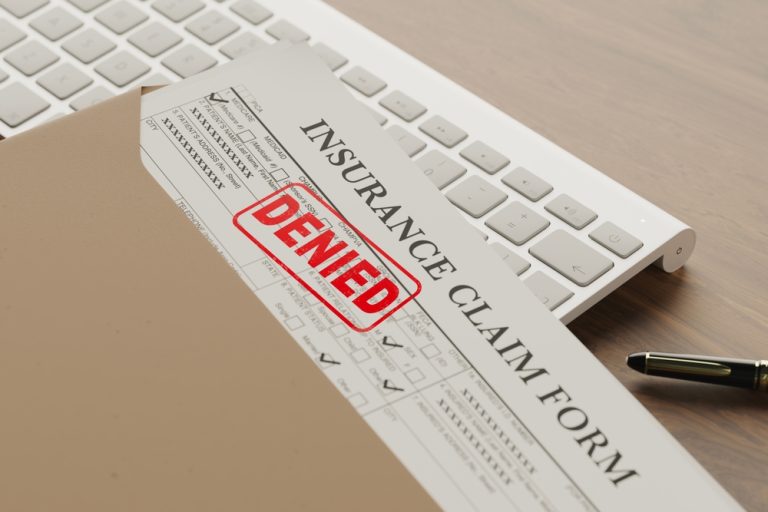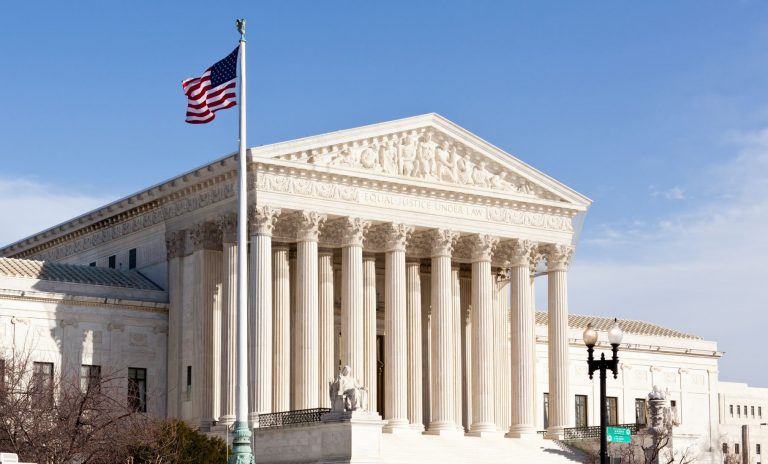A Quick Note about Removal with Less Than $75,000 in Medical Specials
A Quick Note about Removal with Less Than $75,000 in Medical Specials
Removing a case to federal court requires diversity of citizenship and an amount in controversy of more than $75,000. In a personal injury case, the easiest way to prove the amount in controversy is to show medical specials in excess of the threshold. Medical expenses are objective and easily identified, unlike subjective items of damages, such as pain and suffering. But having medical bills below the threshold—even far below the threshold—does not mean removal is off the table.
Information on past lost wages can be just as useful as past medical specials. Even where a plaintiff does not specify the wage loss, the defendant can tabulate the amount if the number of workdays missed and hourly rate are known.
Demand letters are another source of useful information. If the letter details extensive injuries, it may be enough to push the case over $75,000. E.g. Hallenbeck v. Target Corp., No. 3:18-cv-891-J-32JBT, 2018 WL 4279245, at *1 (M.D. Fla. Sep. 7, 2018) (denying motion for remand based where demand letter alleged “lifelong pain and suffering” with $22,000 in past medical specials); Hernandez v. Burlington Coat Factory of Fla., LLC, No. 2:15-cv-403-FtM-29CM, 2015 WL 5008863, at *2 (M.D. Fla. Aug. 20, 2015) (denying motion for remand where demand letter alleged permanent injuries with $35,000 in past medical specials).
Post-removal, plaintiffs sometimes seek to minimize their own demand letters, characterizing them as “puffing” and mere negotiation tools. In that instance, pointing to corroborating information can be important. A prior civil remedy notice seeking the same amount of money suggests the demand letter was genuine. E.g. Cuesta v. Progressive Express Ins. Co., No. 21-60932-CIV-ALTMAN/Hunt, 2021 WL 4204889, at *3 (S.D. Fla. Sep. 16, 2021) (“a sufficiently detailed civil-remedy notice will trigger a defendant’s 30-day deadline to remove.”); Mead v. IDS Prop. Cas. Ins. Co., No. 8:13-cv-2206-T-24-AEP, 2013 WL 12157838, at *5 (M.D. Fla. Nov. 26, 2013) (“the Court sees no reason why a sufficiently detailed civil remedy notice cannot serve as an ‘other paper’ to start the removal clock.”).
Another potential source of corroboration is the plaintiff’s civil cover sheet. Civil cover sheets generally are for data collection and clerical purposes. However, if the sheet indicates damages of more than $75,000, this is at least indirect proof of how plaintiff’s counsel views the value of the case.
In the end, having less than $75,000 in medical specials does not necessarily prevent removal. “The Court need not suspend reality or shelve good judgment in assessing jurisdiction. Instead, it may view the record using judicial experience and common sense.” Hedges v. USAA Cas. Ins. Co., No. 2:23-cv-15-SPC-KCD, 2023 WL 253080, at *3 (M.D. Fla. March 16, 2023).







